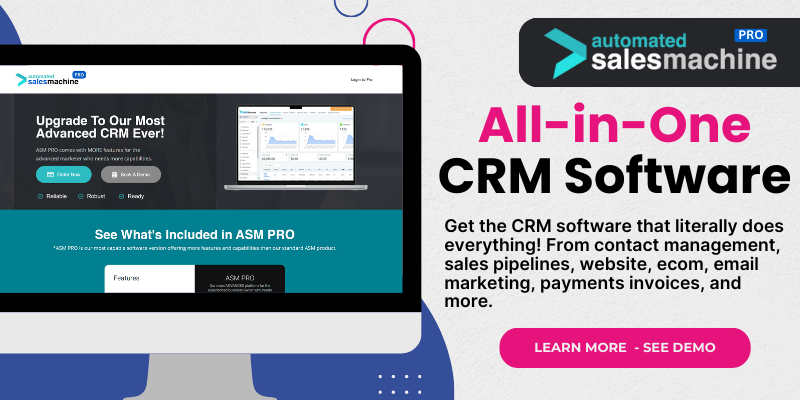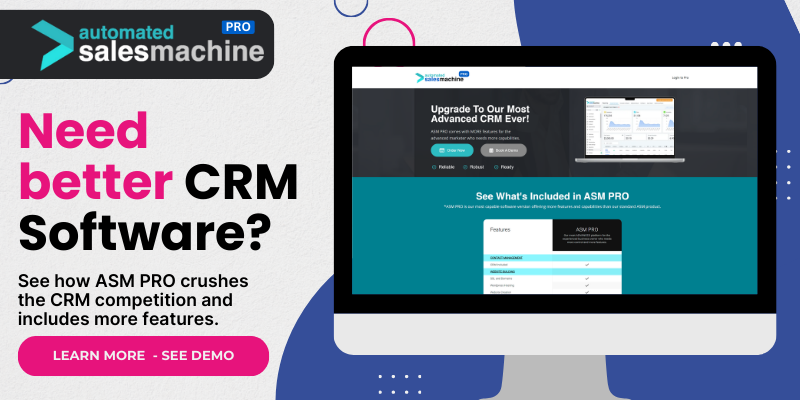Understanding Your Business Needs
Assessing Core Objectives
When I first decided to look into customer relationship management systems, I had to get clear on what my business really needed. Were we aiming to improve customer service? Or were we more focused on pipeline management? The core objectives guide the entire decision-making process.
As I delved deeper, I understood that customization capabilities would be significant for my unique business requirements. Would Microsoft CRM fit the bill? That became my next big question.
Don’t hesitate to jot down a list of objectives for your CRM. Clarity here will save you tons of time and potential frustration later on.
Identifying Target Users
Next up, I had to figure out who would be using the CRM. The team was diverse, ranging from sales reps to customer service agents. Each team had different requirements and the software had to address each of these nuances.
I liked that Microsoft CRM offered features for both sales and customer service professionals. That versatility made me think it might suit our needs.
When you consider who’ll use the system, remember to prioritize user-friendliness. We all want our employees to be able to jump right in without having to attend month-long training sessions, right?
Evaluating Current Systems
An important part of my CRM research was to evaluate the systems we were already using. What was working well? What was becoming a headache? I took a close look at our existing processes to identify pain points that Microsoft CRM could potentially resolve.
One key takeaway for me was that data integration was crucial. I needed a system that could seamlessly pull in existing data rather than requiring a manual entry, which is just a nightmare waiting to happen.
Understanding where your current systems fall short will help you better appreciate what a new CRM can bring to the table!
Evaluating the Features
Customization Options
One of the first things that drew me to Microsoft CRM was its customization options. I knew from my experience that a one-size-fits-all approach doesn’t usually work in CRM. The ability to adjust features according to specific business needs meant a lot to me.
As I explored the platform, I was impressed by how tailored the CRM could be. From dashboards to reporting features, I could shape everything according to our goals. Pretty exciting stuff!
Don’t just run with the standard software; make sure you can tweak it to your liking. It’s your business, after all!
Integration with Other Tools
Let’s talk about integrations. In today’s tech landscape, it’s rare you find a business that operates with just one tool. The ability to connect Microsoft CRM with tools we were already using, such as email platforms and project management software, was a major selling point for me.
I was particularly keen on the ability to sync with Outlook and other Microsoft products; it made life so much easier! No more toggling between multiple platforms—everything could be centralized.
As you explore features, keep an eye out for integration capabilities. It’ll make your life way simpler in the long run.
User Experience
User experience is critical. I can’t stress this enough! I took the time to reach out to colleagues who had experience with Microsoft CRM, and most mentioned how intuitive the interface was. This is a huge benefit, particularly for those who are tech-averse.
Additionally, the customer support aspect of the software was essential in my decision-making. It gave me peace of mind knowing that if anything went awry, help was just a call away.
When evaluating a CRM, don’t overlook how easy it is to navigate. It can make or break your team’s efficiency.
Considering Budget and ROI
Cost of Implementation
Let’s get down to brass tacks; cost is always a crucial factor. Looking at Microsoft CRM meant considering both direct and indirect costs. Sure, there’s the initial price, but what about potential training and adoption costs?
I crunched the numbers and figured out what the total cost of ownership would look like. It’s vital to have a clear picture of the short- and long-term financial implications to make an informed decision.
Be sure to map out all potential costs, vs. just the price tag of the software. It’ll save headaches down the road!
Return on Investment
Now, on to the exciting part—ROI. Every dollar spent needs to make sense for my business, so I looked closely at how Microsoft CRM could help enhance sales and efficiency.
A key feature for me was the tracking and analytics. Having solid data to review offers incredible visibility into what works and what doesn’t. I could finally pinpoint which sales strategies were bearing fruit!
When calculating ROI, consider both tangible and intangible benefits. The right CRM can lead to not just sales increases, but also improved customer satisfaction!
Comparing Alternatives
After looking at Microsoft CRM, I took the time to evaluate alternatives. Yes, it’s easy to get fixated on one option, but keeping my options open was crucial in finding the right fit.
I bookmarked competitors and took a hard look at their features and costs, comparing not just the software, but the overall value they’d add to my business.
Remember, the best CRM is the one that fits seamlessly with your business goals. Don’t be afraid to shop around!
Implementation and Adoption
Planning Your Rollout
Once I’d decided on Microsoft CRM, it was time to plan for implementation. Rushing into a rollout can lead to chaos, so I mapped out a step-by-step strategy to ensure a smooth transition.
I learned that getting buy-in from users early in the process is essential. By involving the team right from the get-go, I could increase acceptance and enthusiasm about the new system.
Plan meticulously! A well-thought-out rollout mitigates complications that could pop up later down the line.
Training the Team
Here’s the thing: training is everything. I dedicated time to ensure my team felt comfortable with Microsoft CRM. We went through tutorials and had a dedicated session just to answer their questions and ease any concerns they had.
One thing I found incredibly helpful was the availability of online resources. Having access to a rich database of tutorials and support documents made life so much easier during this phase.
Invest in training; it pays off. A team that knows how to use the system to its fullest can drive performance and productivity.
Measuring Success Post-Implementation
After implementation, I made it a point to keep an eye on how we were doing. Success doesn’t come from just implementing the software—it’s about understanding its impact over time.
I established key performance indicators (KPIs) to evaluate how Microsoft CRM was influencing the business, from sales increase to customer satisfaction rates.
Regular check-ins and audits will help you understand the real value of your investment.
FAQs
1. What is Microsoft CRM and why should I consider it?
Microsoft CRM is a tool designed to manage a company’s interactions with customers and sales prospects. It helps streamline processes and improve profitability by organizing customer information and automating tasks.
2. How customizable is Microsoft CRM?
Microsoft CRM offers a range of customization options, allowing businesses to tailor dashboards, reports, and workflows to align with specific objectives.
3. Can Microsoft CRM integrate with existing tools?
Yes! One of the biggest advantages of Microsoft CRM is its ability to integrate seamlessly with other Microsoft products and third-party applications, making it versatile and convenient.
4. What should I consider regarding budget?
When budgeting, consider the total cost of ownership, which includes initial setup, ongoing maintenance, training, and any additional software needed for integration.
5. How can I ensure successful implementation?
A successful implementation requires meticulous planning, thorough training for all users, and ongoing evaluation to ensure the tool is meeting your business needs and goals.

